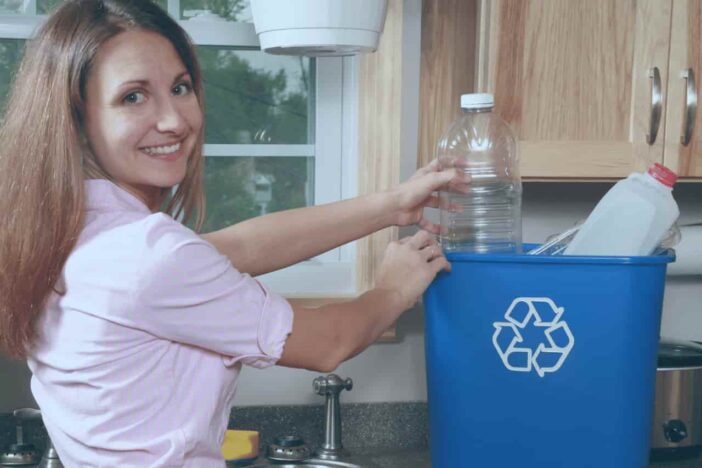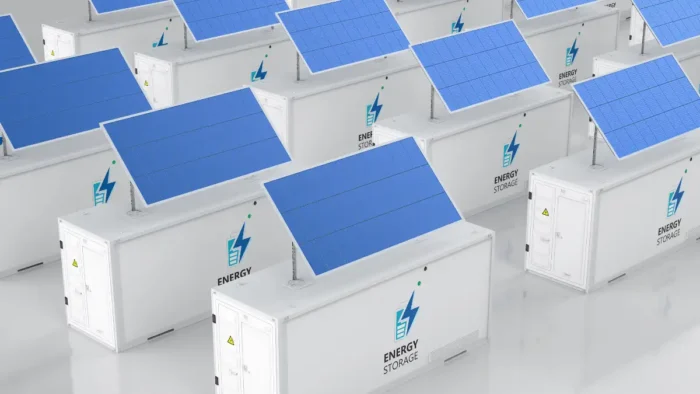Plastic!
It is omnipresent!
All the things right from soda bottles to grocery bags, to your identity cards, to buckets, and toiletries, to cutlery, everything is plastic. As a result, we see people littering used packets of edibles on the roads, in rivers, and exploiting the natural resources. It drains resources and harms the environment around us. Using plastic calls for effective measures to manage plastic waste. But people often forget that conserving the environment and handling the wastes which deteriorate the surroundings is the need of the hour.
According to UNEP, today, we produce about 300 million tonnes of plastic waste every year, which is nearly equivalent to the weight of the entire human population. Moreover, one million plastic bottles are purchased every minute across the world. Isn’t the data scary? Doesn’t it leave us wondering what we are leaving for our future generations with this rate of consumption of plastic? We are leaving a heap of perilous plastic trash to make survival hard with so much pollution around. So what is the solution?
Recycling!
Yes, recycling has emerged as an option to fight this waste and save the environment. Around 60% of plastic waste ends up either in landfills or the natural environment; it is dire and calls for preventive measures. Moreover, the quality of plastic that makes it durable and resistant to degradation makes it almost impossible for nature to break them down entirely. For these reasons, organizations like Mika Cycle help to recycle and reuse plastic wastes to save the environment. You can find many tricks and hacks on mikacycle.com/es/blogs/recycled-material-products.
How Plastic is Recycled?
Plastic recycling is a paramount step in establishing a sustainable economy. There are economic, social, and environmental consequences of the plastic waste we generate and our disposal habits. So recycling came into the frame when there was an urgent need to handle this waste. You might be scratching your head to know what the process of recycling plastic trash is. We are going to let you through the whole process. Read on the entire blog to learn more!
1. Collection
The first step is to collect the plastic waste from different localities, residential areas, and industrial zones. Some areas have a collection site where people dispose of the trash in a single place. People dump their plastic waste in the recycle bins, and this waste is then transferred to recyclers to continue the process further. Moreover, another option is to bring the trash to communal collection points like assigned recycle bins or facilities like local authorities or waste management contractors.
2. Sorting
After collecting, the next step is sorting. As you know, there are different sizes, shapes, thicknesses, colors of plastics, so recyclers send the plastic to facilities where they segregate it according to its types based on the properties of the material. Sorting is a vital process as it ensures which types of plastic should be recycled by which means. It’s an important step to enhance the efficiency of plants and steer clear of the decay of end products.
3. Washing
After sorting, washing is the next step where it eliminates the impurities and dirt from the plastic, which can obstruct the process of ruining a batch of recycled plastic entirely. The dirt and impurities like adhesives, product tags, mud, or food residue are to be removed from the plastic to enable further recycling. Moreover, there might be some contaminants in the plastic products which are not plastics and unrecyclable. So, washing draws out all the “non-plastic” things.
4. Grinding/Shredding
In the next step, the plastic is then fed into the shredders, which break down the plastic into smaller pieces so that it’s easy to process. After shredding, these tiny pieces are easier to process in the following recycling step. Breaking down the plastic into smaller pieces enables detecting those impurities and solid components of material that can’t be separated in the washing stage. Metal parts or contaminants like this are collected and removed with a magnet at this step.
Related: How to Start Your Own Plastic Recycling Business in 8 Steps
5. Extrusion
It is the last and final stage where the shredded plastic elements are transformed into a product that is usable for the manufacturers. The crumbled plastic is afterward melted and crushed together to form the pellets. You might need to know that there are various types, qualities, and classifications of plastics, and it’s impossible to process them at the same plant every time. So, sometimes different grades of plastic are sent to the various recycling plants for the final step.
There are a lot of challenges faced by the industries to handle this plastic waste. Significant challenges are the awareness towards the environment and thinking to recycle plastic waste for sustainable living. Despite knowing the hazards, there has been a loophole in implementing the processes in the industry itself. The solution is simple – by educating people on the subject and explaining the value of recycling plastic wastes and the perils it creates to the environment.
Wrapping Up
You might have understood by now how plastic is recycled and why it is vital to get this procedure done to conserve the environment. After all, we live on this planet and take all the resources to our disposal. So it’s quintessential to take care of the resources and practice tactics that aim to reduce maximum waste. Fighting plastic waste is a long battle. So it requires our esteemed efforts as it’s a massive boost in coming years and the most effective way to process the plastic waste.
As waste management concepts like zero waste and circular economy have been introduced, which tend to align with single-use plastics, it will boost recycling and remain a part of the waste management process in the future. So all you need is to buckle up and reduce the plastic scrap with the proper recycling and waste management techniques. Many organizations are indulging and streamlining their efforts to reduce and recycle the plastic present in our ecosystem.





